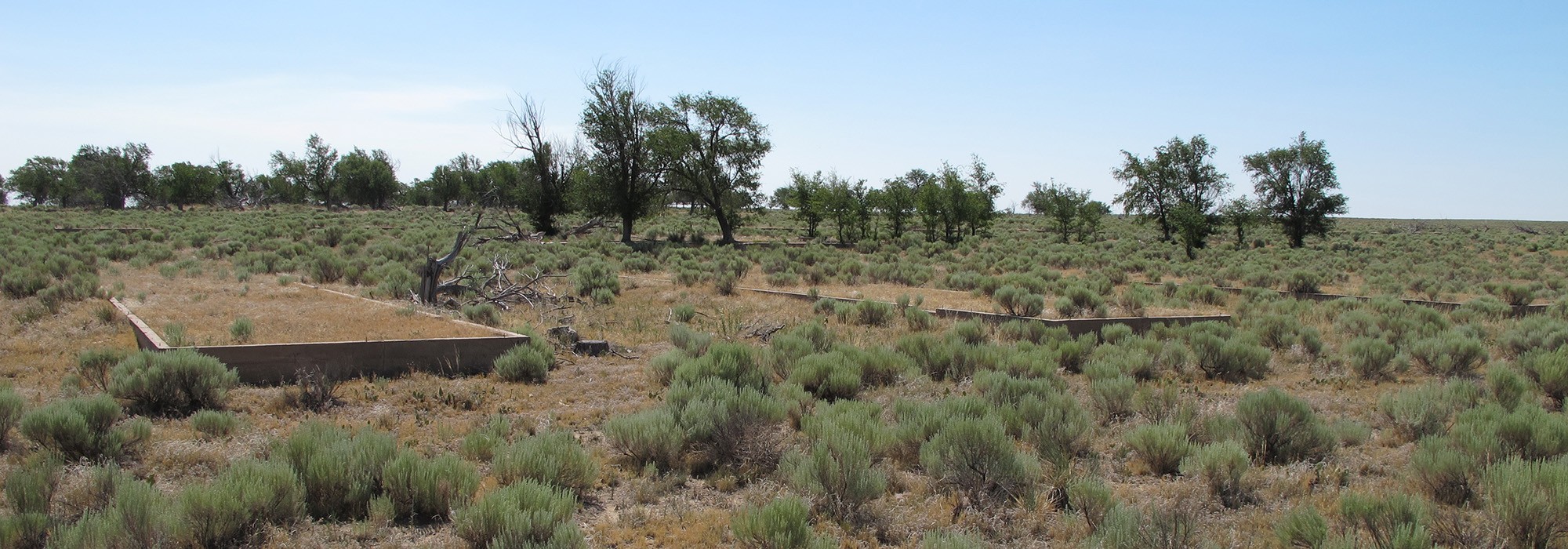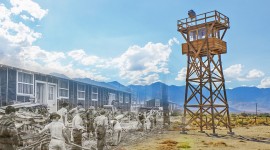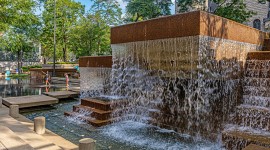Amache National Historic Site Officially Established
On February 15, 2024, Secretary of the Interior Deb Haaland officially established Amache National Historic Site, commemorating one of the nation’s World War II-era Japanese American Confinement Sites. The announcement preceded the annual “Day of Remembrance of Japanese American Incarceration During World War II,” marking the anniversary of the February 19, 1942, Executive Order that created the internment program. Amache was among the confinement sites featured in The Cultural Landscape Foundation’s reports and digital exhibitions Landslide 2018: Grounds for Democracy, and Landslide 2023: 25 Years/25 Saved.
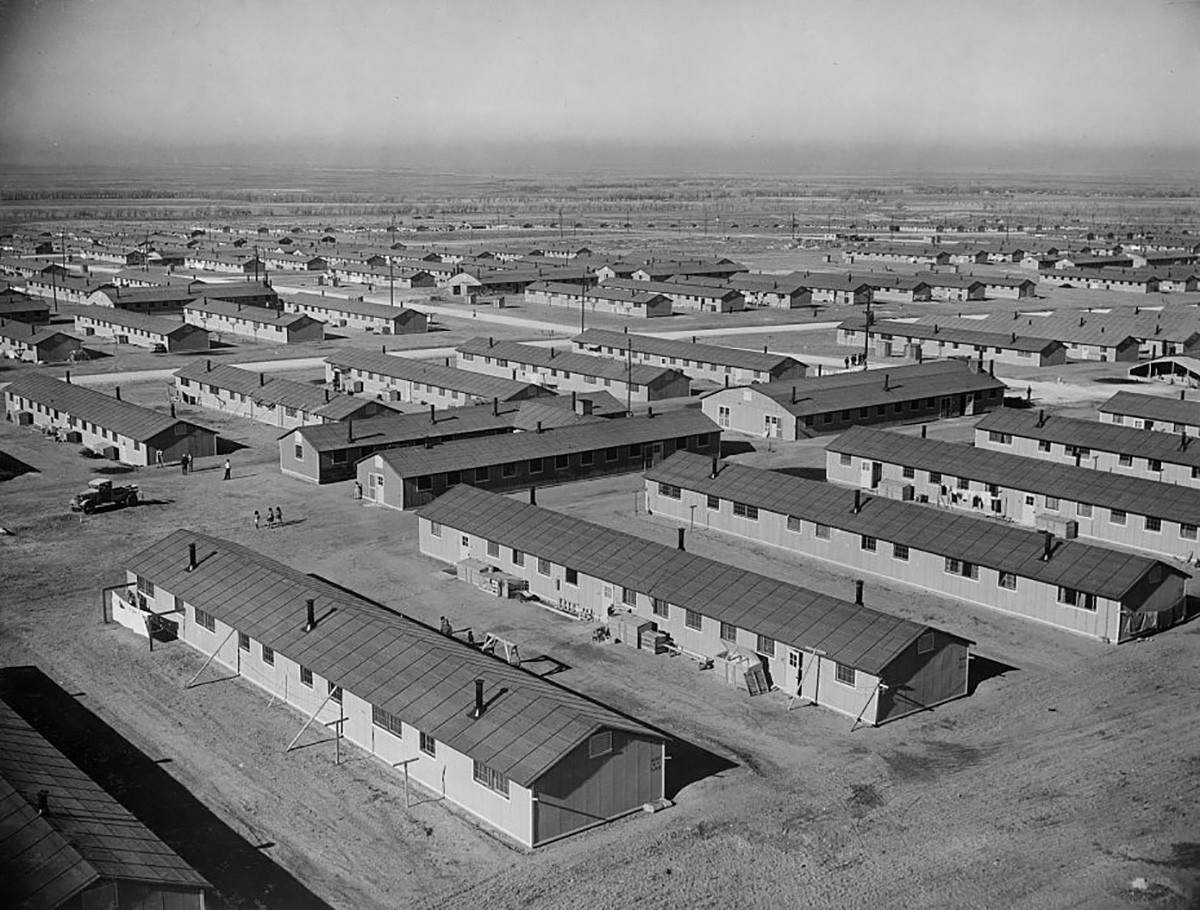
Located in southeastern Colorado, Amache (officially called the Granada War Relocation Center), was established in August 1942 and housed approximately 7,500 detainees on land purchased from local farmers. Of the camp’s nearly 10,000 acres, approximately 650 acres were used for the residential and administrative center, the remainder devoted to agriculture and livestock. Amache closed in October 1945 and much of the agricultural land was sold to local farmers, while the residential compound became part of the Town of Granada.
Some 593 acres of the original confinement site were listed in the National Register of Historic Places in 1994 and designated a National Historic Landmark in 2006. That year Congress authorized, and President George W. Bush signed into law, a $38 million grant program, administered by the National Park Service, to fund the preservation of confinement site and interpretation of the history of the wartime incarceration of Japanese Americans.

President Donald Trump’s administration first sought to halve funding for the program (FY2018) and then to cancel it altogether (FY2019). Only through strenuous public awareness campaigns did advocacy groups restore the full levels of appropriations.
In March 2022 President Joe Biden signed the Amache National Historic Site Act, designating the camp as part of the National Park System, and the following year he signed the Norman Y. Mineta Japanese American Confinement Education Act into law, reauthorizing funds to help preserve confinement sites. The latter law both renewed funding for the 2006 grant program and designated $10 million for the creation and dissemination of new educational materials and other resources to increase awareness and understanding of Japanese American Confinement experiences during World War II.
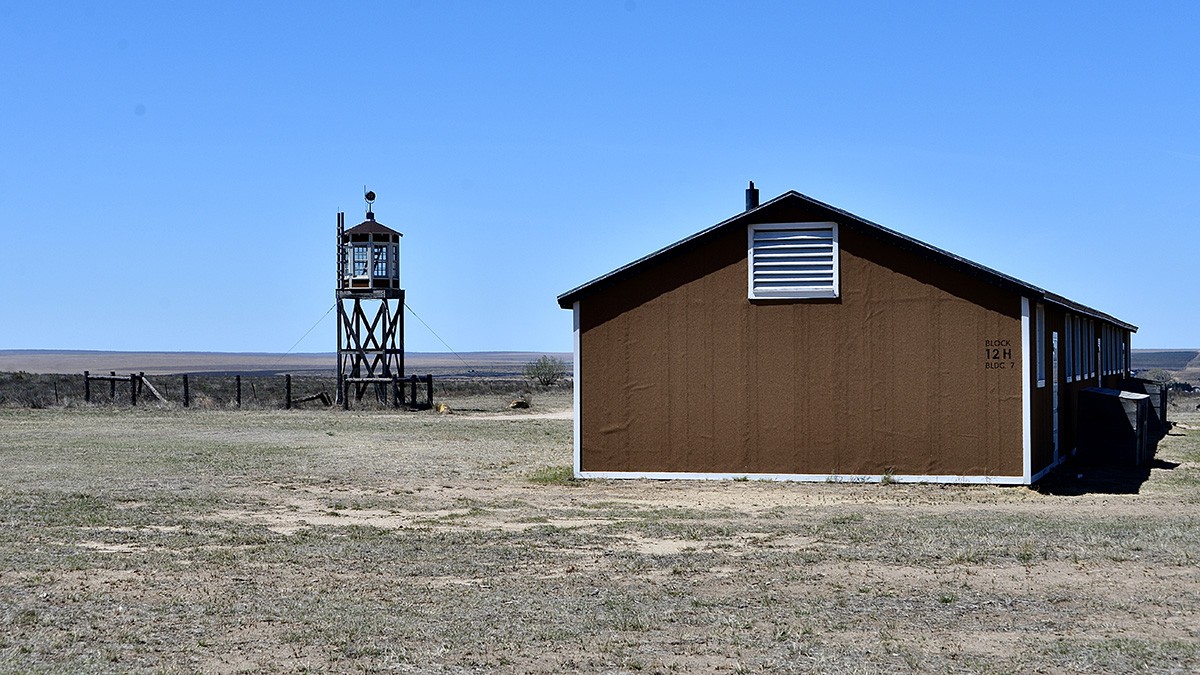
Amache National Historic Site is among one of the most intact examples of a confinement site and is preserved by survivors and their descendants, the Town of Granada, the Amache Preservation Society, and other individuals, institutions, and organizations. The historic road network, as well as foundations of many buildings and the standing remains of a few others, can still be seen today. A cemetery, containing a granite memorial and a ten-foot-high stone monument, remains in what was the southern portion of the main residential area. Excavations have revealed evidence of gardens and landscapes designed and implemented by detainees, which may have included the use of shakkei (“borrowed scenery”).
Amache National Historic Site retains its sense of place, landscape features, historic views, and archaeological integrity, which Secretary Haaland said helps to tell “a complete and honest story of our nation’s history.” Amache demonstrates that historic sites possess authenticity, they are where history happened. “As a nation, we must face the wrongs of our past in order to build a more just and equitable future,” Secretary Haaland stated, adding the “establishment of the Amache National Historic Site will help preserve and honor this important and painful chapter in our nation’s story for future generations.”



